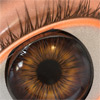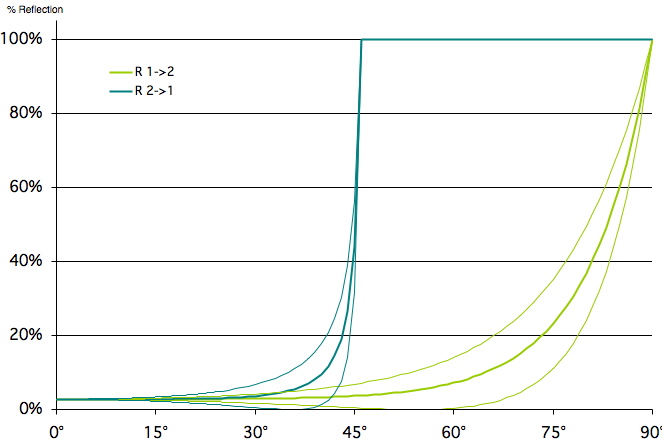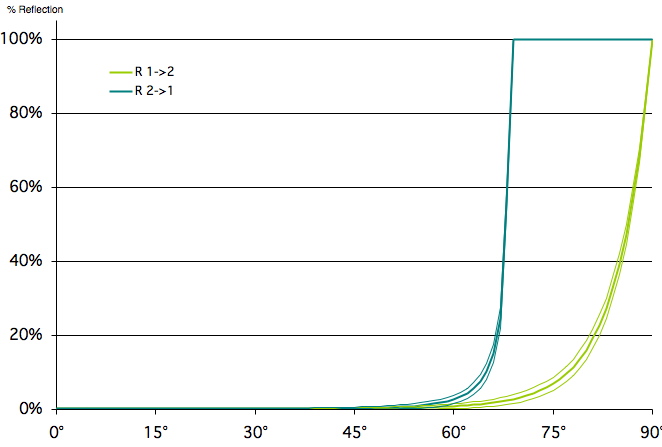- Tue May 24, 2005 1:26 pm
#27660

do you mean something like this?Thomas An. wrote: However, I can tell with certainty that the refraction is not correct. As I see in the (upcoming) real-life photo the rectangular block on the right is actually seen on the left side through the physical glass+liquid setup.












